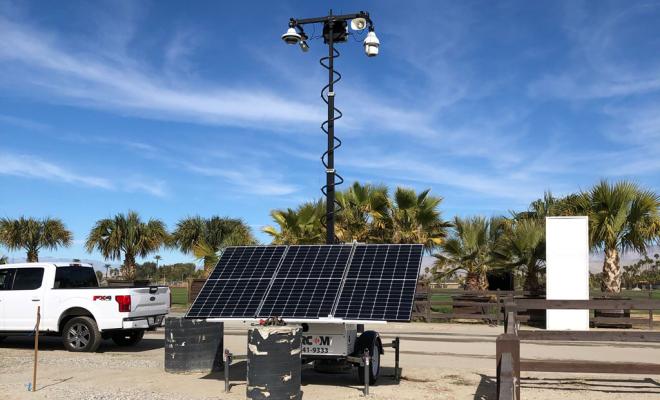Two-way radios make your business run cohesively. So, how do you get the best bang for your buck? It’s simple: understand the difference between the different types of radio frequencies, like UHF and VHF. Both offer their own distinct characteristics that benefit specific industries in specific locations.
Luckily, BearCom Canada knows what to look for in your search for the right two-way radio. Let’s take a deep dive into these radio types, so you can get the clarification you deserve.
What’s UHF?
Ultra-High Frequency (UFH) two-way radios operate within the frequency range of 300 MHz to 1 GHz. This band offers advantages that make UHF radios well-suited for specific settings. First, UHF wavelengths penetrate walls, buildings, and even foliage with greater ease than VHF, offering reliable communication indoors and in urban areas.
Urban settings, with their population and building densities, present a challenge for radio signals. UHF radios fare better in this environment, minimizing interference and providing clearer channels—which is especially handy for construction workers or public works departments.
Plus, organizations with complex communication systems will find UHF advantageous due to its narrower bandwidths. This allows UHF systems to accommodate more channels, a necessity for managing the intricate communication needs of larger operations.
What’s VHF?
VHF two-way radios function within the 30 to 300 MHz frequency range. They reign supreme in environments where UHF struggles to provide better service and overall communication when it’s needed most.
For example, VHF proves its merit in situations where users have an unobstructed line of sight of each other; places like a bustling construction site, a sprawling agricultural field, or a large outdoor sporting event. It’s here where VHF delivers clear and reliable signals thanks to the direct line of sight between users.
VHF waves can travel impressive distances, making these radios the go-to choice for industries where teams are spread out over vast areas, like search and rescue operations, forestry management, or communication across geographically dispersed facilities.
So, Which One Is Right for Me?
It’s worth repeating that UHF vs. VHF ultimately comes down to what your industry requires. As we’ve discussed, there are several things to consider when choosing the right frequency for your everyday needs—and BearCom Canada is happy to help you find the solution your business deserves.
If your teams work predominantly indoors, urban settings, or environments with lots of obstructions, UHF radios are typically the better choice. However, if communication is mostly in open spaces, VHF may be more suitable.
Also think about how far you need your radios to communicate effectively. For greater range in open areas, VHF is often better. If you have complex communication needs over a smaller area, UHF likely makes more sense.
Find Your Two-Way Radio With BearCom Canada
Whether setting up shop or refining an existing radio system, BearCom Canada carries an extensive selection of two-way radios alongside our comprehensive knowledge of all things communications equipment.
Because UHF and VHF two-ways radios offer distinct strengths, it’s important to find the right one for your needs. Our team of experts will evaluate your specific requirement and recommend the best solution for your team. Schedule a consultation today to optimize your communication.
